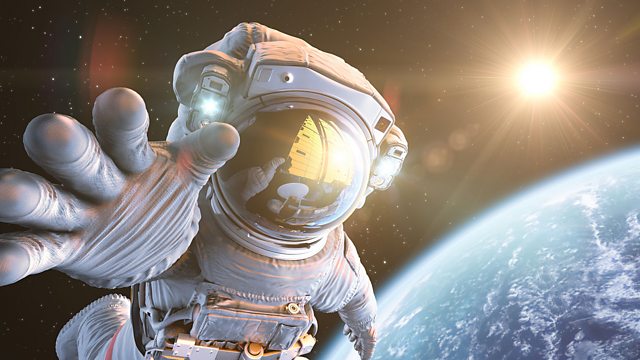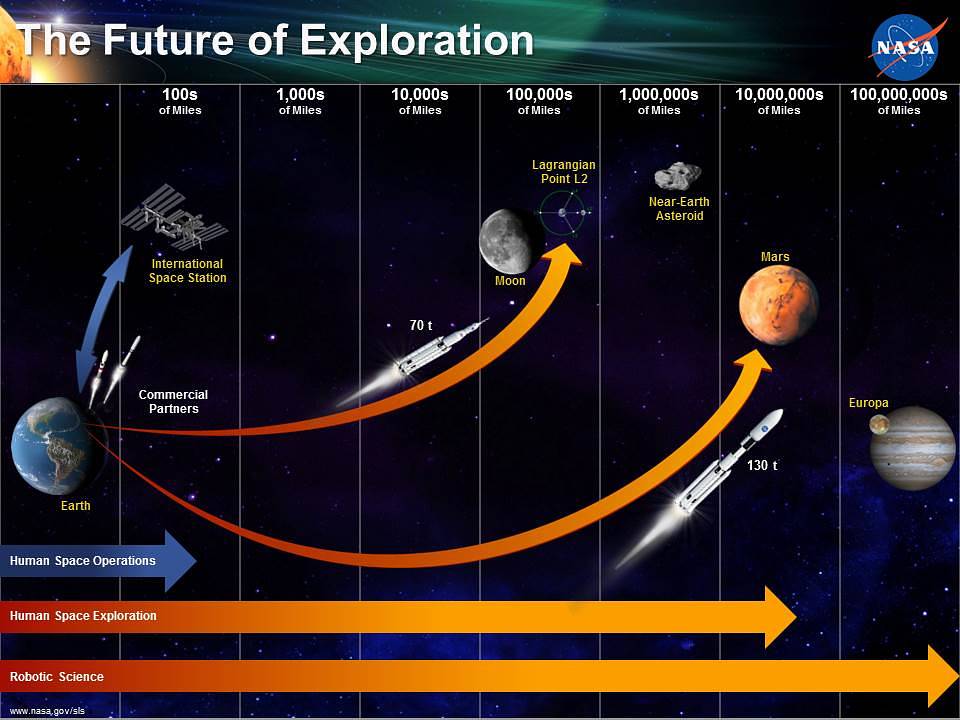Space travel has always fascinated humans. The dream of exploring the stars is timeless.
The future of space travel holds exciting possibilities. Imagine humans living on Mars or taking vacations in orbit. These ideas are no longer just science fiction. With advancements in technology, space travel is becoming more accessible and affordable. Private companies are leading the charge, making space a potential destination for many.
Governments are also investing heavily in space exploration. The future promises new discoveries and adventures beyond our planet. As we stand on the brink of this new era, it's thrilling to think about what comes next. Will we find new worlds? How will space travel change our lives? The answers lie in the stars, waiting to be uncovered.
Advancements In Space Technology
Reusable rockets save money. They can be used many times. This helps space travel become cheaper. Companies like SpaceX lead the way. Their rockets return safely. This reduces waste. It also speeds up preparation for new launches.
New propulsion systems are more efficient. They use less fuel. This allows rockets to travel farther. Ions and electric propulsion are popular. They provide constant thrust. This helps in long space journeys. Future missions will benefit greatly.
Commercial Space Travel
Private companies like SpaceX and Blue Origin are leading the way. They aim to make space travel affordable for everyone. These companies have built reusable rockets. This helps to lower the cost of space missions. Private space companies are also working with NASA. They help in sending supplies to the International Space Station.
Space tourism is a new and exciting idea. Soon, people will go to space for fun. Companies like Virgin Galactic are selling tickets. These trips will take you to the edge of space. You will feel weightless and see the Earth from above. Space tourism will change how we see our world. It brings space closer to everyone.
International Collaboration
Space agencies from many countries work together. This helps in sharing resources and knowledge. NASA, ESA, and Roscosmos are some examples. They plan missions together to explore space. This teamwork makes space travel safer and more affordable.
Joint missions are important for space travel. These missions combine efforts from different countries. They help in exploring space faster. The International Space Station (ISS) is a great example. Many countries send astronauts to the ISS. They work and live there for months. This helps in many scientific discoveries.

Credit: www.bbc.co.uk
Deep Space Exploration
NASA and other space agencies plan to send humans to Mars. These missions aim to explore and understand the Red Planet. Scientists hope to find signs of life. They also plan to study Mars' climate and geology. This will help us learn about Earth's past and future. These missions will be challenging but exciting. Astronauts will need to stay on Mars for long periods. They must find ways to live and work in harsh conditions. This includes finding water and growing food. Mars missions will teach us a lot about space and ourselves.
Exploring the outer planets is crucial for space knowledge. Jupiter, Saturn, Uranus, and Neptune are very far away. These planets are gas giants. They are different from Earth. Scientists use robots and telescopes to study them. These missions have found many moons. Some moons might have oceans. This means there could be life. Learning about these planets helps us understand our solar system. It also prepares us for future space travel. The outer planets are mysterious and fascinating. They hold many secrets waiting to be discovered.
Challenges Of Space Travel
Space travel faces many challenges, including the danger of radiation and the need for advanced life support systems. Ensuring astronaut safety while managing huge costs remains a significant hurdle for future missions.
Radiation Exposure
Space has high levels of radiation. This can harm astronauts. Special shields are needed to protect them. Long trips increase the risk. Scientists are working on better shields. Good shields keep astronauts safe.
Life Support Systems
Space missions need reliable life support systems. They provide air, water, and food. Systems must work without fail. Breakdowns can be deadly. Engineers design systems to last long. Backup systems are also needed. Safety is a top priority.
Credit: www.linkedin.com
Space Habitats
Space stations are homes in space. They help astronauts live and work. Space stations float in orbit around Earth. Scientists study space and do experiments there. Space stations have rooms to sleep, eat, and exercise. They need solar panels for power. Astronauts take care of space stations. They fix broken things and stay safe.
Lunar bases will be built on the Moon. They will help people live on the Moon. Lunar bases need strong materials to protect from space dangers. People will explore and learn about the Moon. Astronauts will do science experiments there. Lunar bases need food, water, and air. Solar panels will give power. Robots might help build and fix things. Lunar bases are steps to Mars.
Space Mining
Asteroids have many valuable resources. These include metals like gold and platinum. These metals are rare on Earth. Mining asteroids can provide these resources. It helps our planet's supply. Asteroids also have water. Water is very important in space. It can be used for drinking. It can also be split into hydrogen and oxygen. Hydrogen and oxygen are used for fuel. This makes space travel easier.
The Moon has many resources too. It has a lot of helium-3. Helium-3 is rare on Earth. It can be used for energy. Mining the Moon can help us find more. The Moon also has water ice. Water ice can be turned into liquid water. This helps astronauts. It also helps with making fuel. The Moon's surface has metals like iron and titanium. These can be used for building things. Moon mining can support future space missions.
Future Innovations
AI helps in space travel. It can make decisions fast. Robots with AI can repair things. They can also explore planets. AI will help astronauts. They can focus on important tasks. AI can control spacecraft. It makes space travel safer.
Quantum communication is very fast. It uses quantum bits. These bits are called qubits. Qubits can send data instantly. This helps in space missions. Communication becomes more reliable. Data is safe and secure. Quantum communication can change how we talk in space.

Credit: www.nasa.gov
Frequently Asked Questions
What Is The Future Of Space Travel?
The future of space travel includes advancements in technology, commercial space tourism, and interplanetary exploration. Private companies and governments are collaborating. The goal is to make space travel more accessible and sustainable.
How Will Space Travel Evolve?
Space travel will evolve with reusable rockets, advanced propulsion systems, and international cooperation. These innovations aim to reduce costs. They will also enable longer missions and more frequent spaceflights.
When Will Humans Colonize Mars?
Humans may colonize Mars within the next few decades. Space agencies like NASA and private companies like SpaceX are working on missions. They aim to establish human settlements on Mars.
What Are The Benefits Of Commercial Space Travel?
Commercial space travel offers many benefits, including tourism, scientific research, and technological advancements. It also opens new economic opportunities. These can lead to innovations in other industries.
Conclusion
Space travel holds endless possibilities for humanity's future. New technologies will make space more accessible. We might live on other planets someday. This dream drives innovation and exploration. Exciting advancements await us. The journey will be challenging, but the rewards are immense.
Stay curious and keep looking up. The future of space travel is bright.
.png)






0 Comments